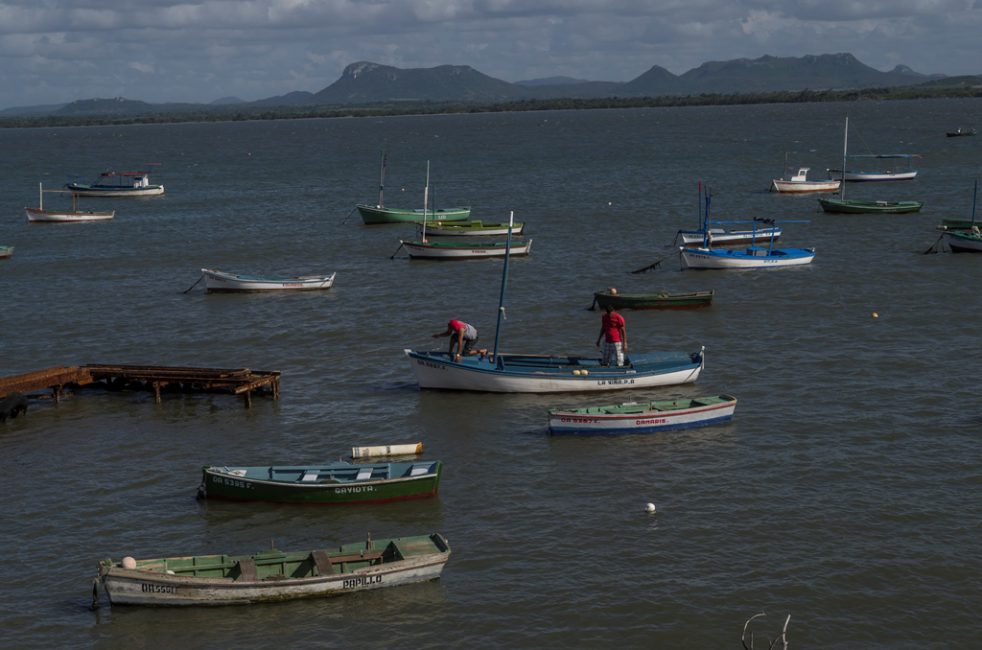It is a beautiful morning at Playa Esmeralda hotels as you prep in a hurry for the excursion of the day, the tour to Gibara. Some say that Christopher Columbus’ landing took place nearby and you just can’t wait to wander across the small fishing village.
A bus collects you at Paradisus Rio de Oro Resort & Spa, the accommodation facility were you have rested for the last couple of days among cheerful tourists from all over the world. Some of them have signed for the excursion as well as a Latin American filmmaker whose visit’s purpose differs from yours. “I have visited many Cuba holiday destinations in the last 20 years but I am attracted to this province in a special way”. “Gibara is the venue of the Poor Cinema Festival” he added, “I love shooting here” he says proudly in a very pronounced Latin accent.
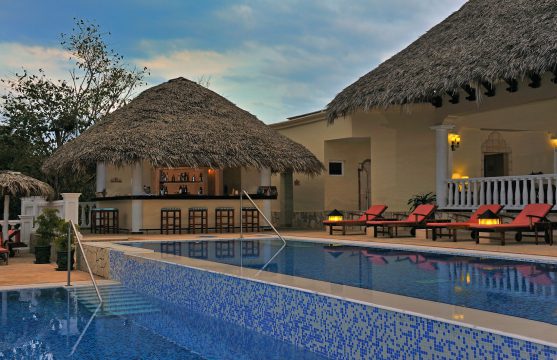
He was referring to Holguin, located 774 kilometres to the east of Havana, the province covering an area of 9300 square kilometres of stunning beaches, virgin natural places and a rich cultural heritage. It is one of the major holiday destinations in Cuba in terms of visitor arrivals ranking third after Varadero beach resort and Havana.
The way to the town was outstandingly beautiful. Your vehicle bordered the Atlantic coast of the province in the segments where it was possible. The state of the roads is pretty bad here but that confers a rather adventurous touch to the experience.
Gibara is centred around the fishing industry on its bay and makes a convenient diversion from Holguin Beach hotels. Museums in the city contain a wealth of colonial art, furniture and examples of foreign and local natural history.
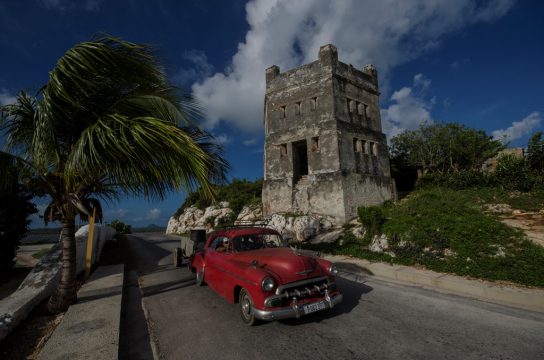
Everything here seems to be taken out from a fairy tale, the colourful houses, the anglers waking up early with worn out nets and archaic fishing rods. Small markets randomly decorate the city’s streets which in the evenings fill with hordes of crabs making the visitors steps a cracking stroll.
“This was a city in the dark, until the filmmakers rediscovered the site”, explained your new Argentinean friend. A few years ago there were no hotels in the zone, just family homestays. The festival placed Gibara on the map for the second time.
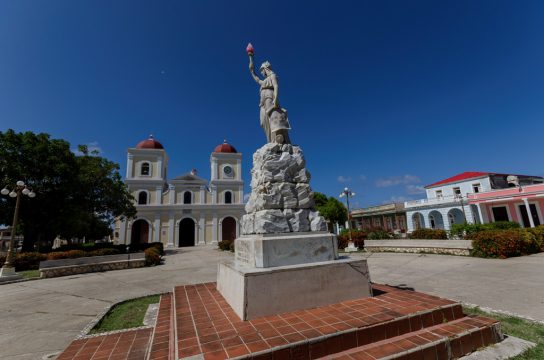
Although lunch was included in your trip you decided to follow the filmmaker to a local house. “For a few Cuban convertible you can get a local to cook for you”, he explained as you reached a cottage with an impressive sea view. The owner happily welcomed you and began chatting cheerfully with your companion giving you time to lose yourself in the magnificence of the landscape. He placed you both in a small terrace and brought a gigantic lobster and enormous crab garnished with white rice and fresh carrots.
“Try that my friend. The best seafood in the land” said the South American cameraman.
Impressive lunch indeed, you thought. Here seafood is like beef in Argentina, the cheapest and best. I wondered if Christopher Columbus had the change to enjoy a similar banquet. No wonder he uttered “the most beautiful land, human eyes have ever seen” phrase.
After the meal you got back with the rest. Now the Film Festival story was completely explained and the main venues on town visited.
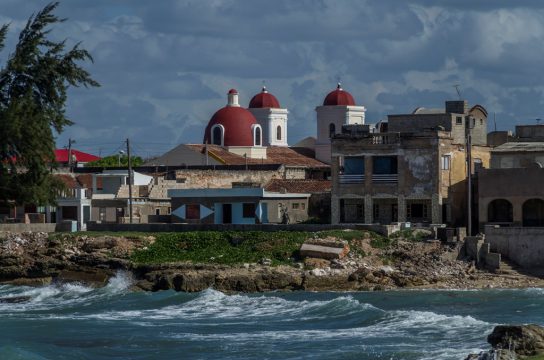
The next stop was Gibara’s cave, a recent archaeological discovery on the region depicting geometric patterns such as circles, broken lines and rhombuses and two labyrinthine images, which are believed to be painted by aboriginal settlers.
Before returning to hotel you were given some time to walk around. You bought a lot of souvenirs for all members of your family including a necklace with a small crab. The excursion was over with night fall, at the right time to spot the sunset behind a dozen boats in the harbour.
Now you’re up for a nap in your five-star hotel room, with your spirit calmed after new sets of emotions.

